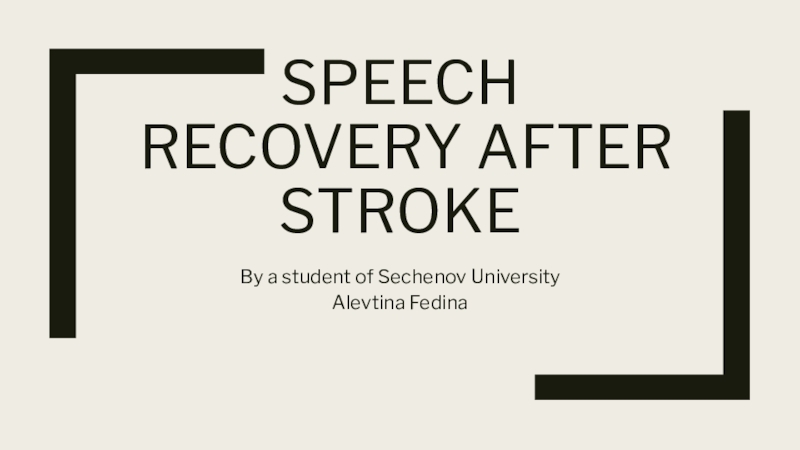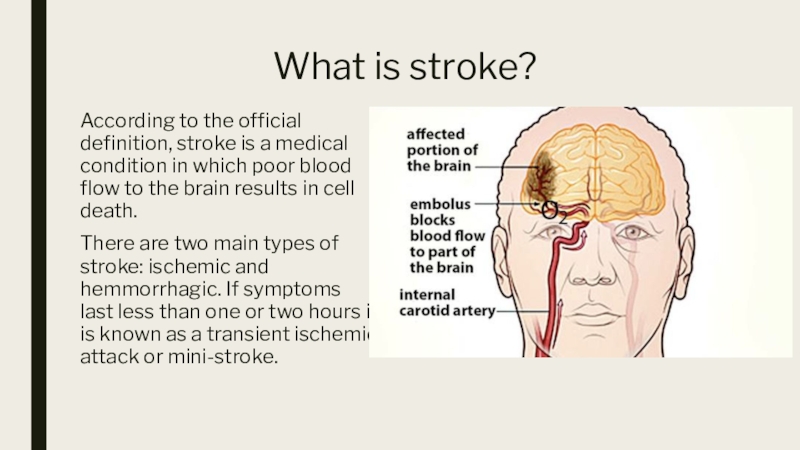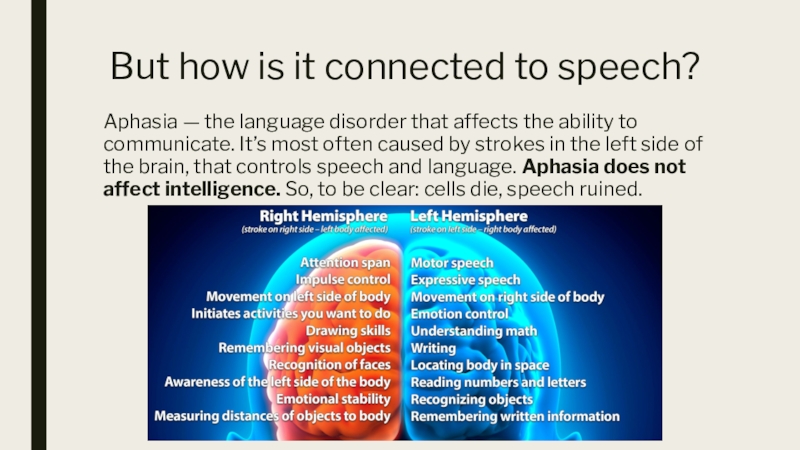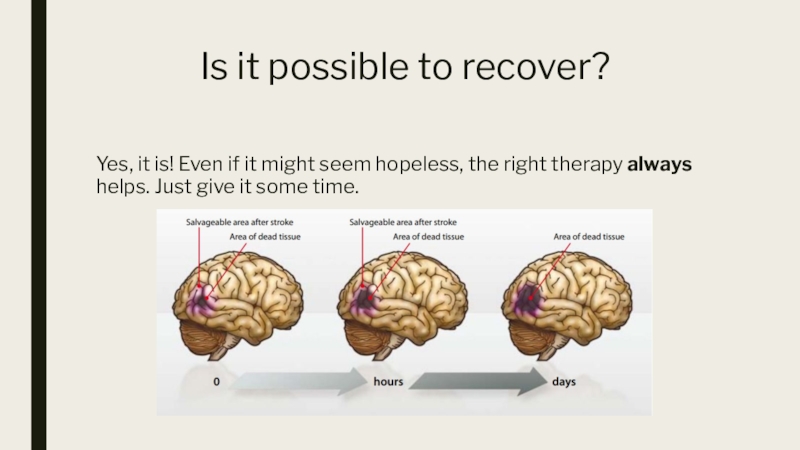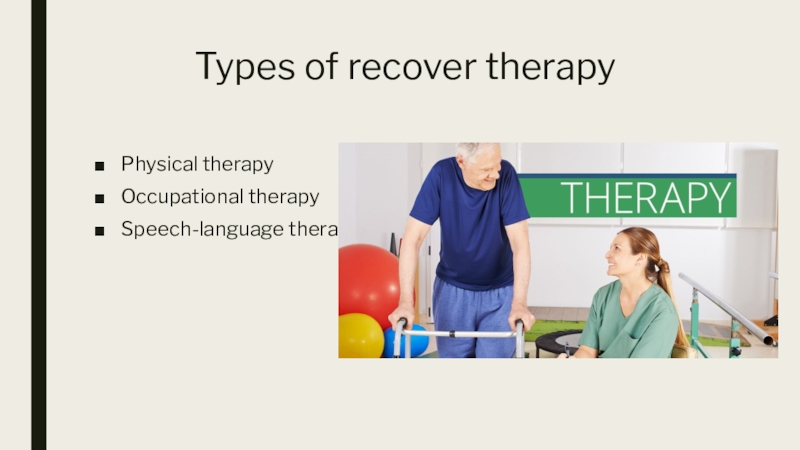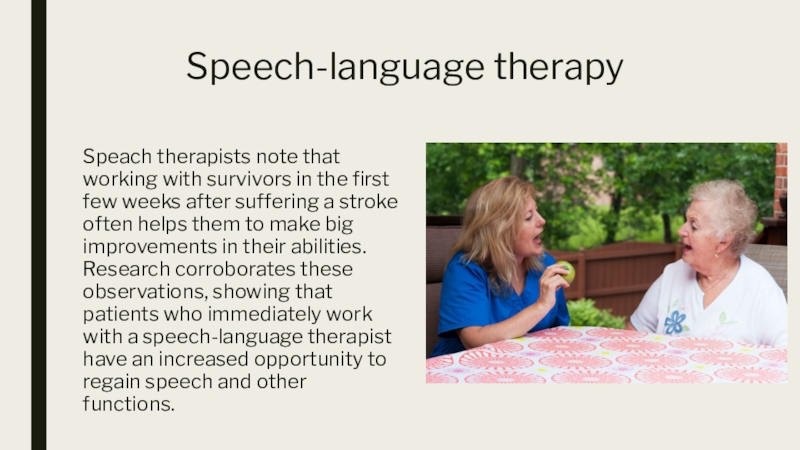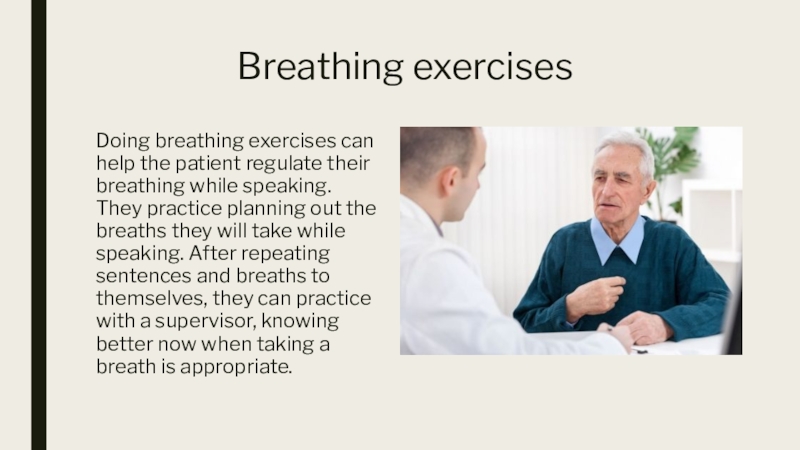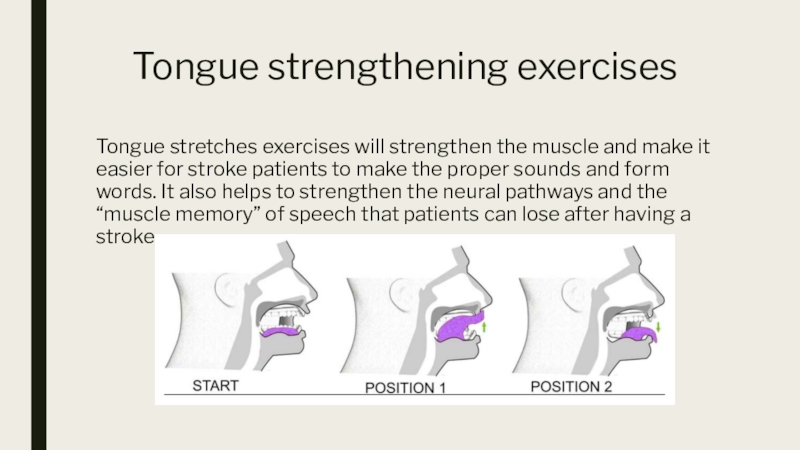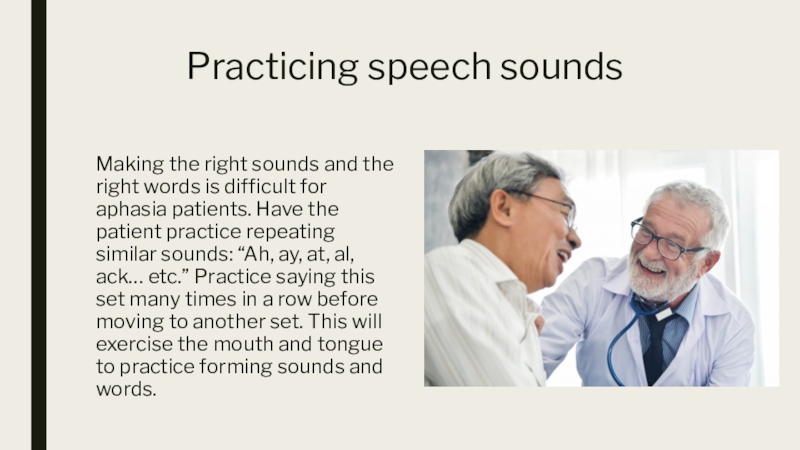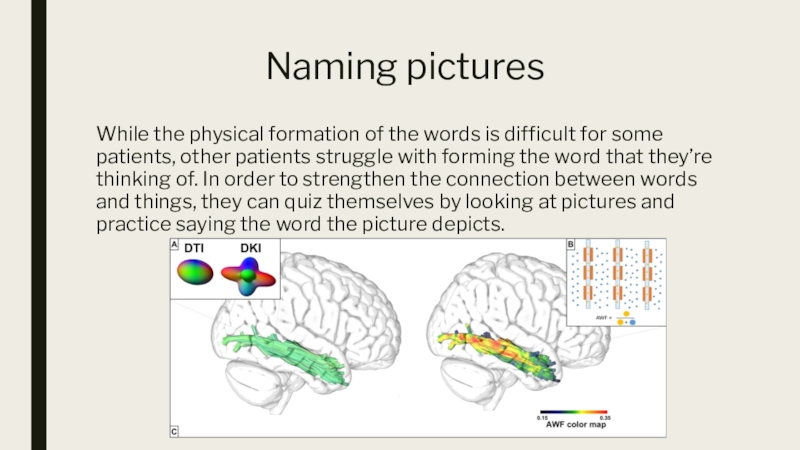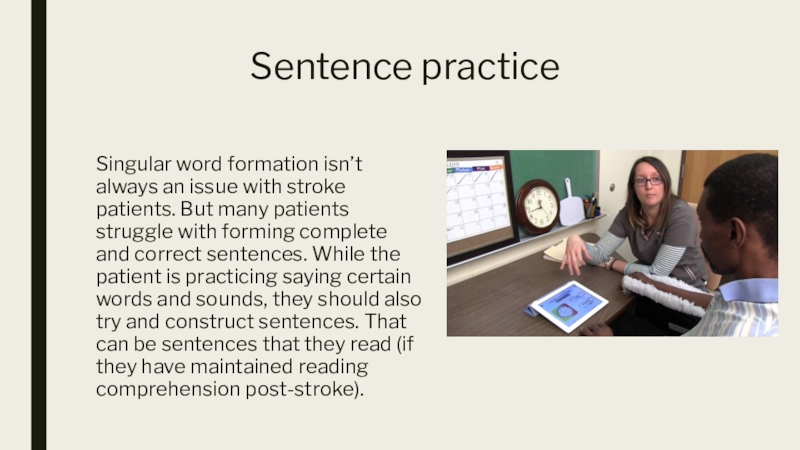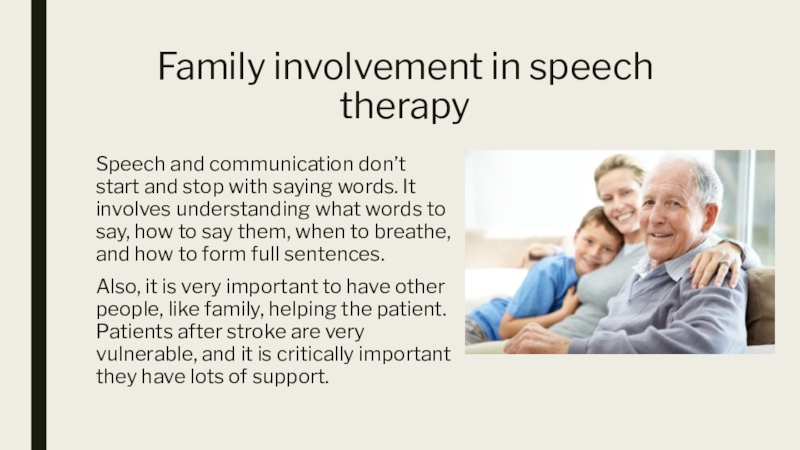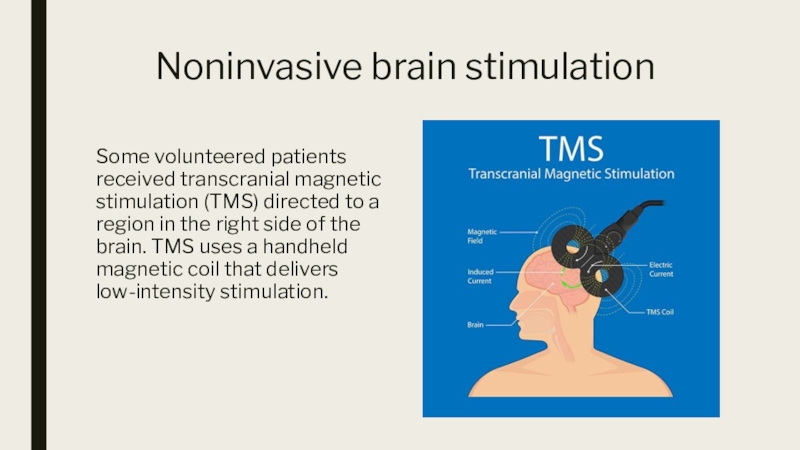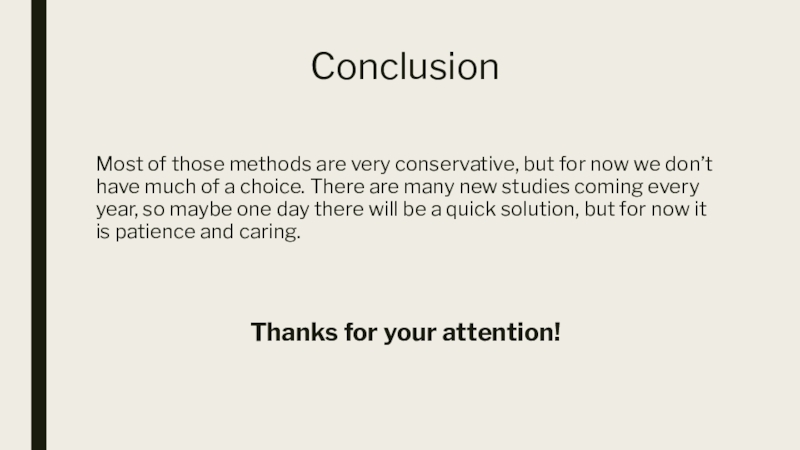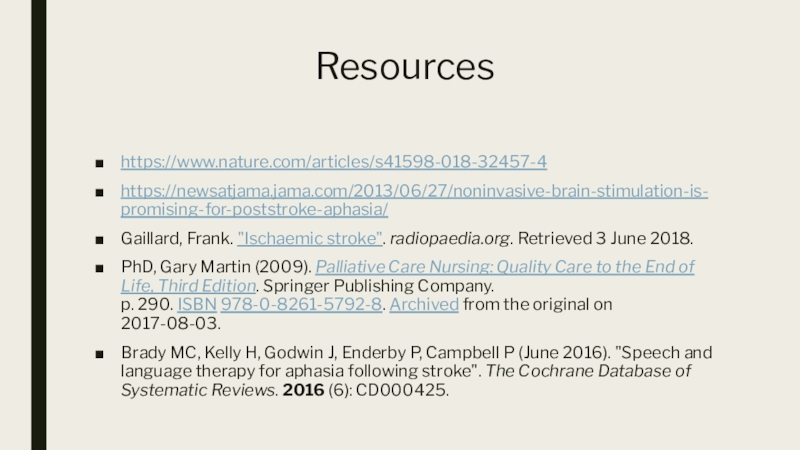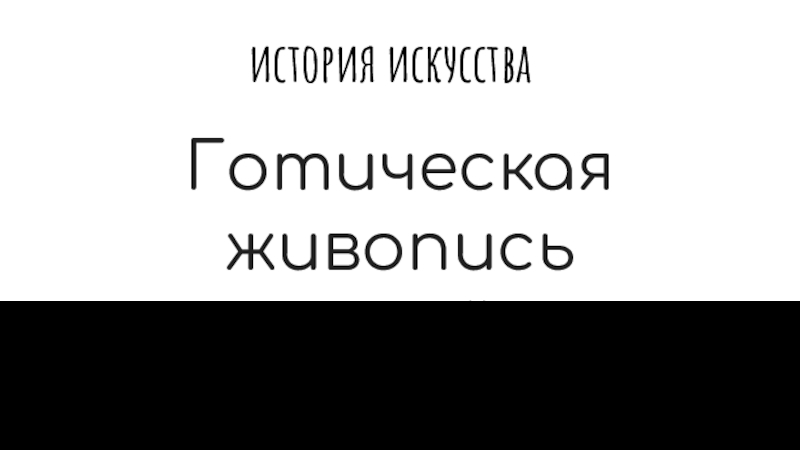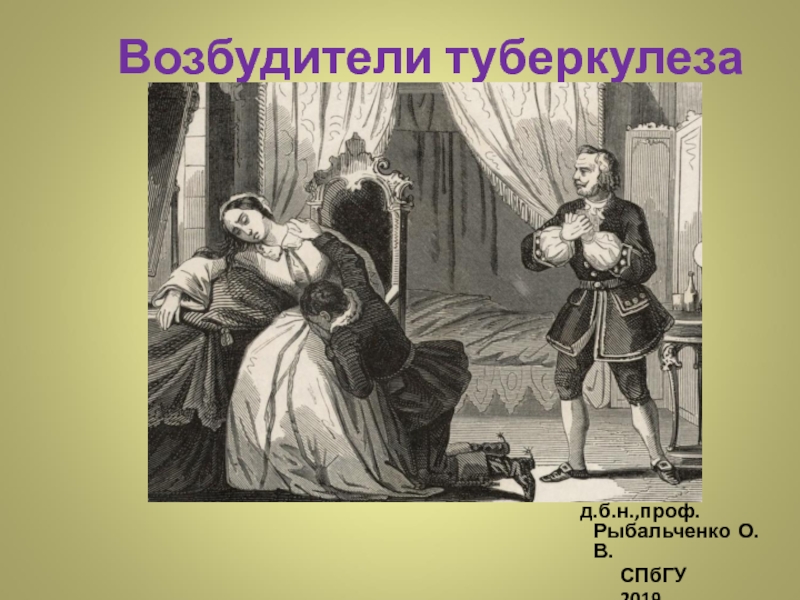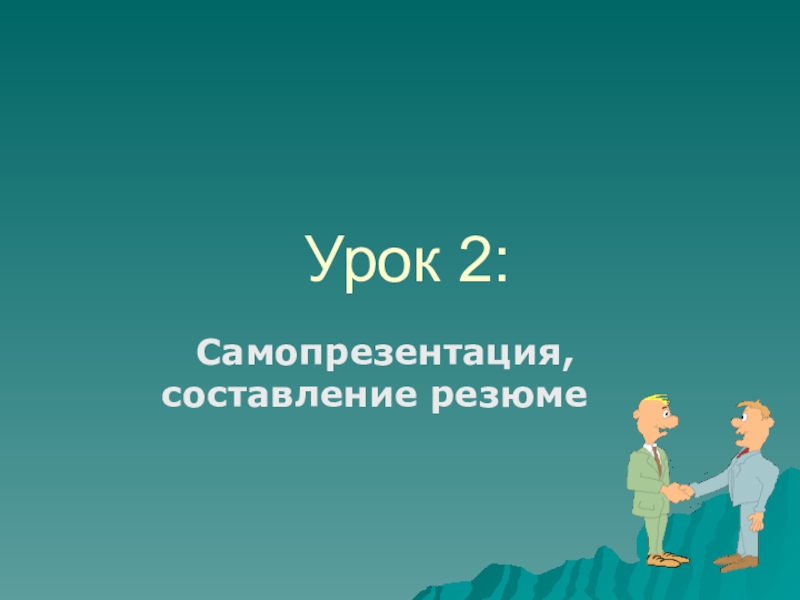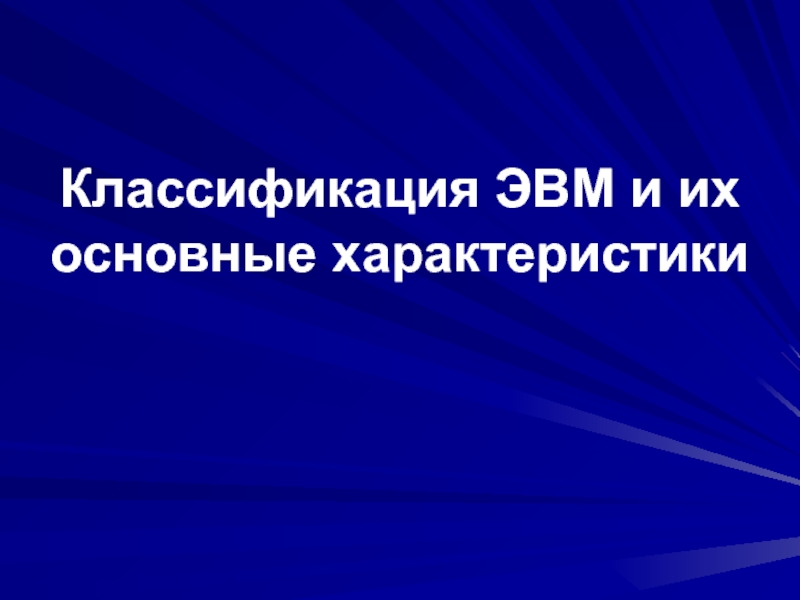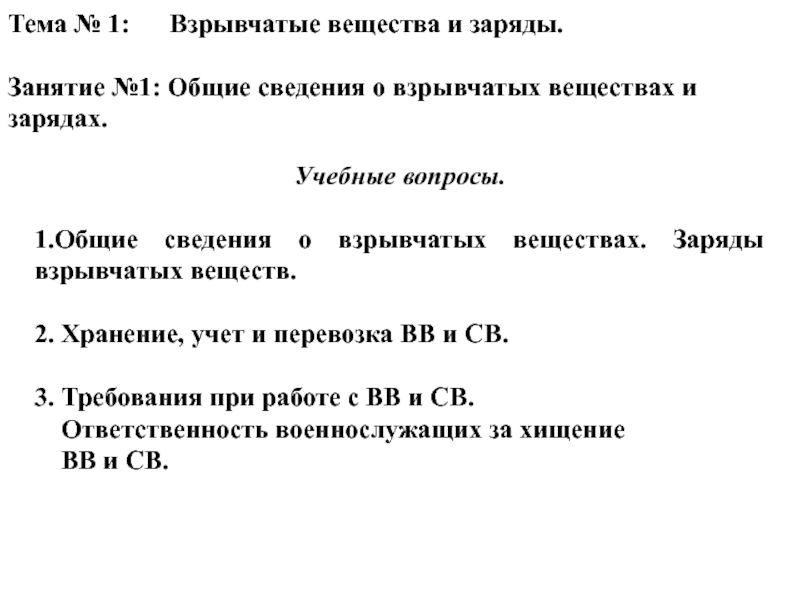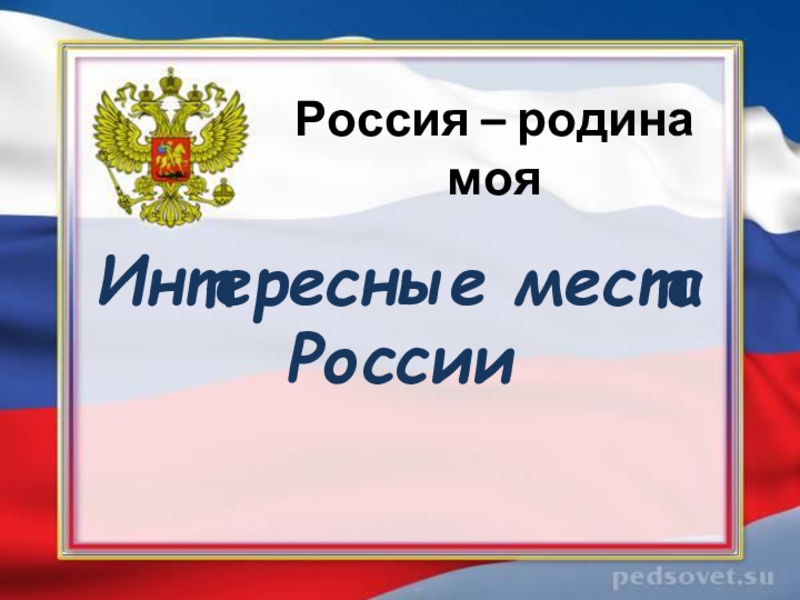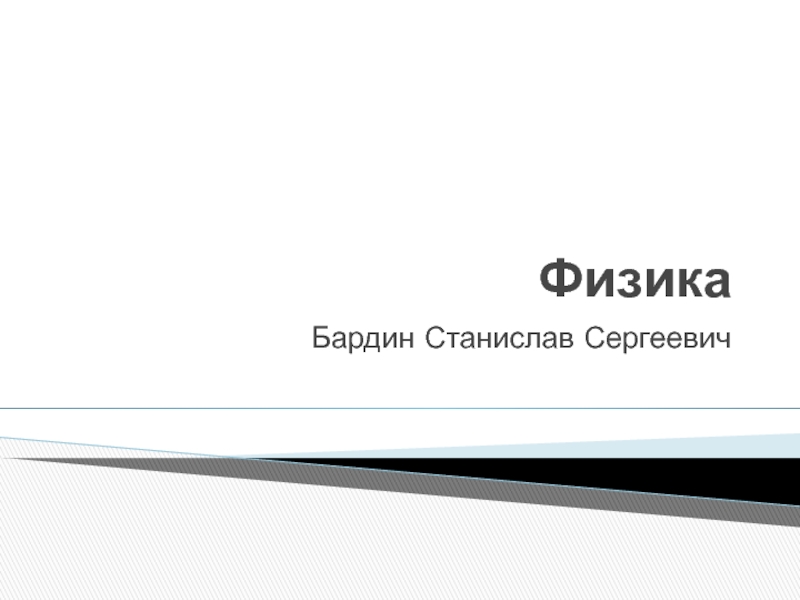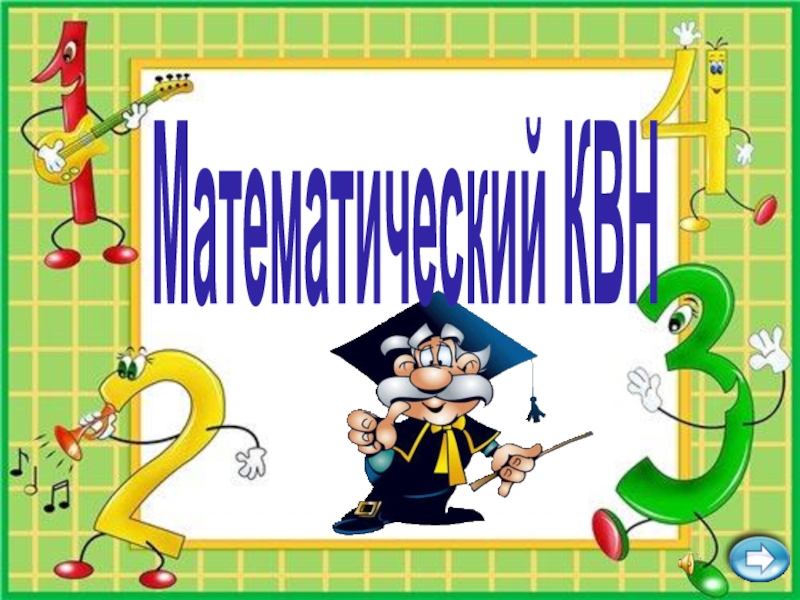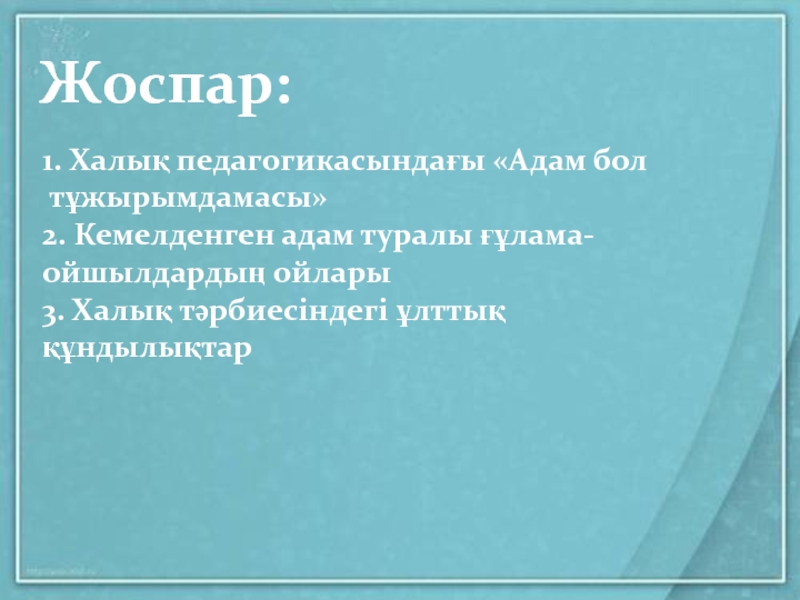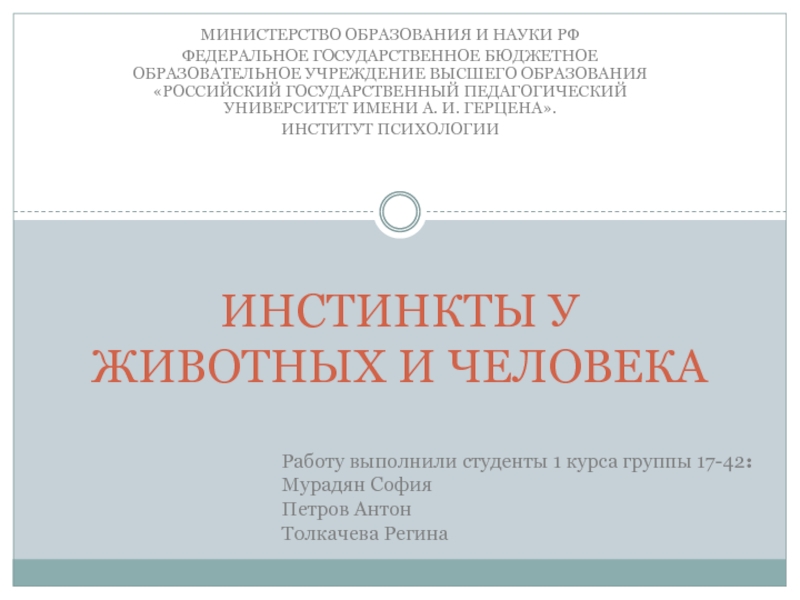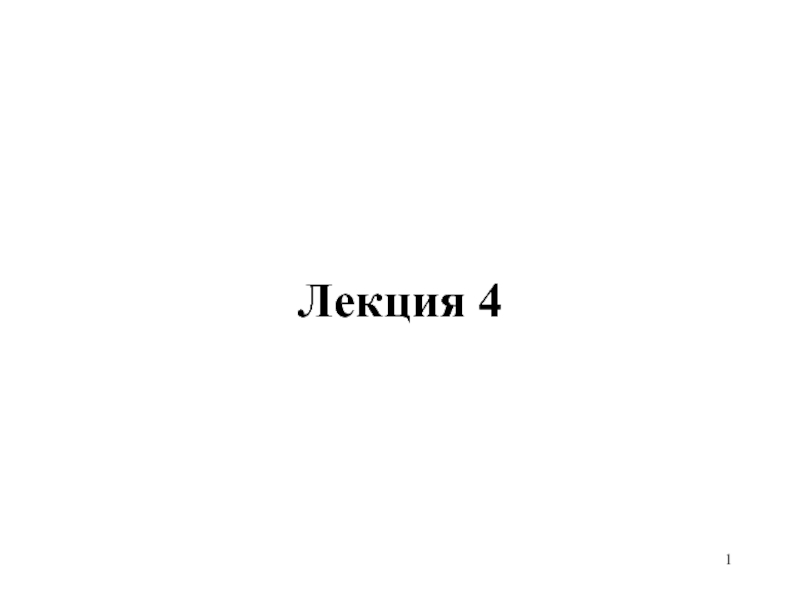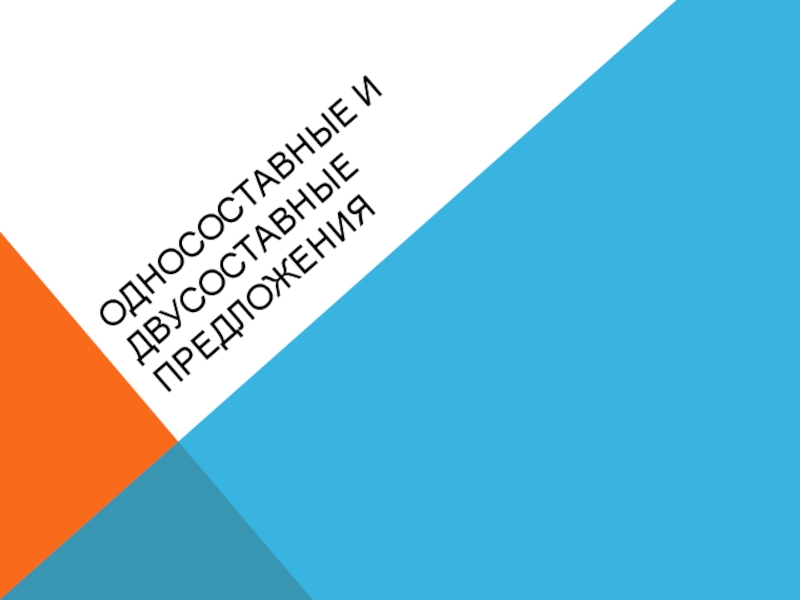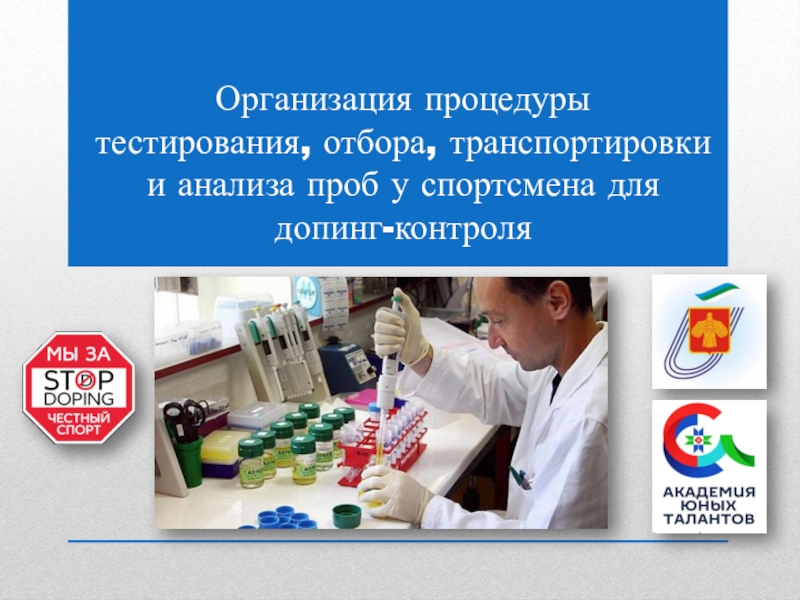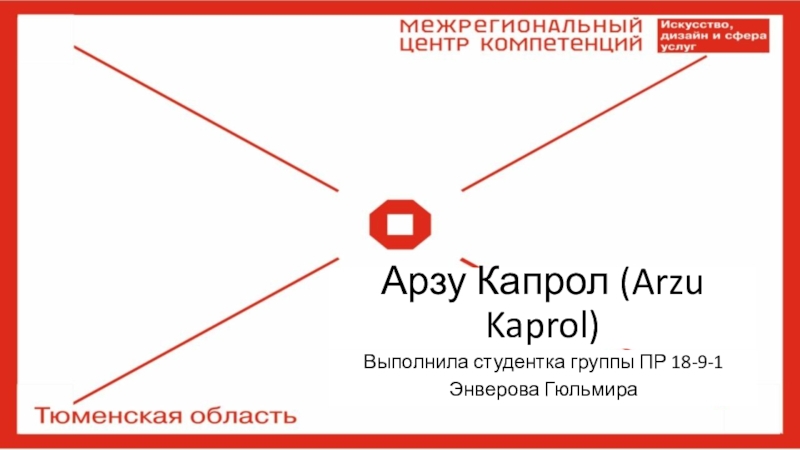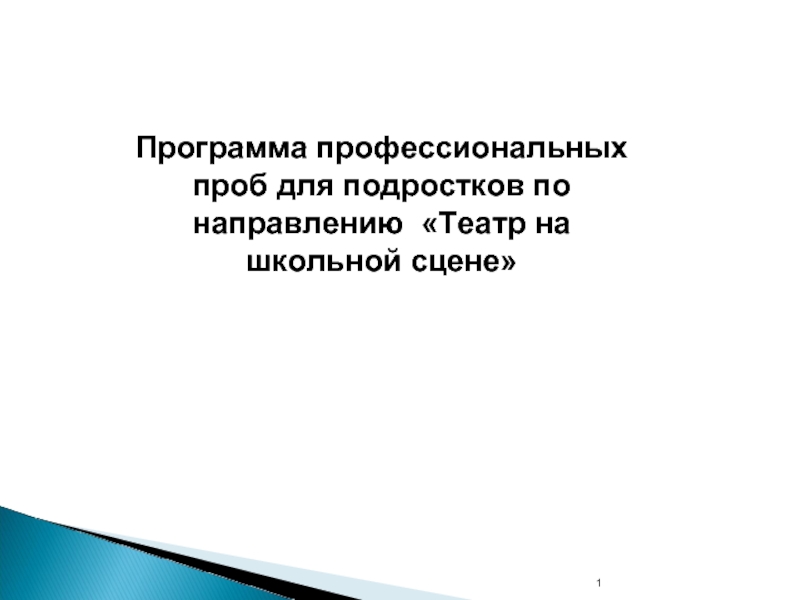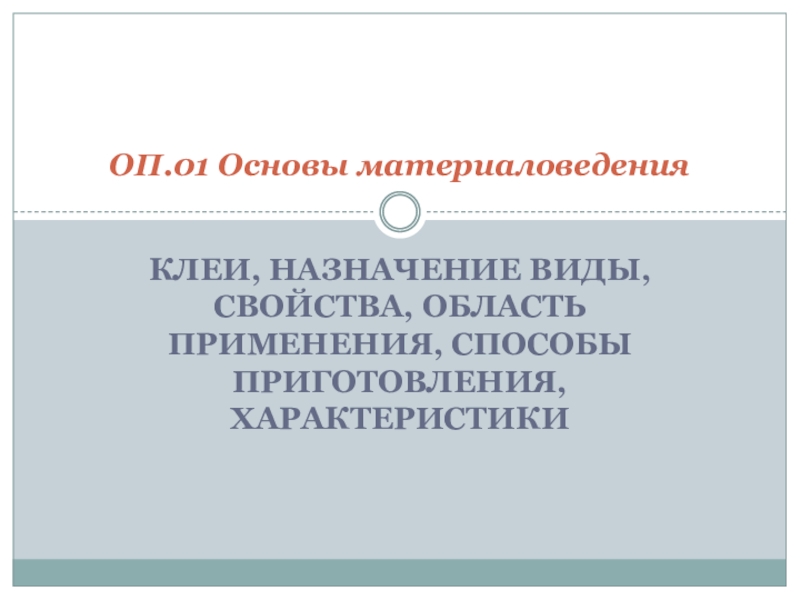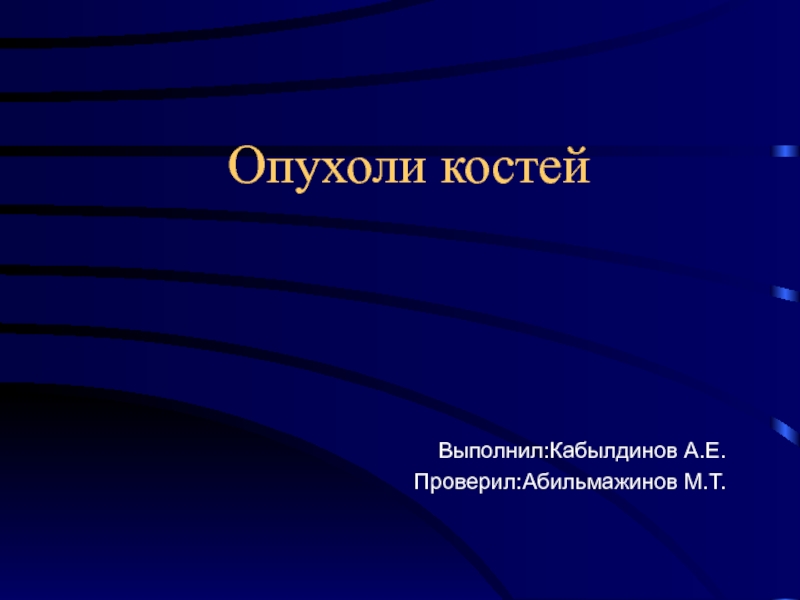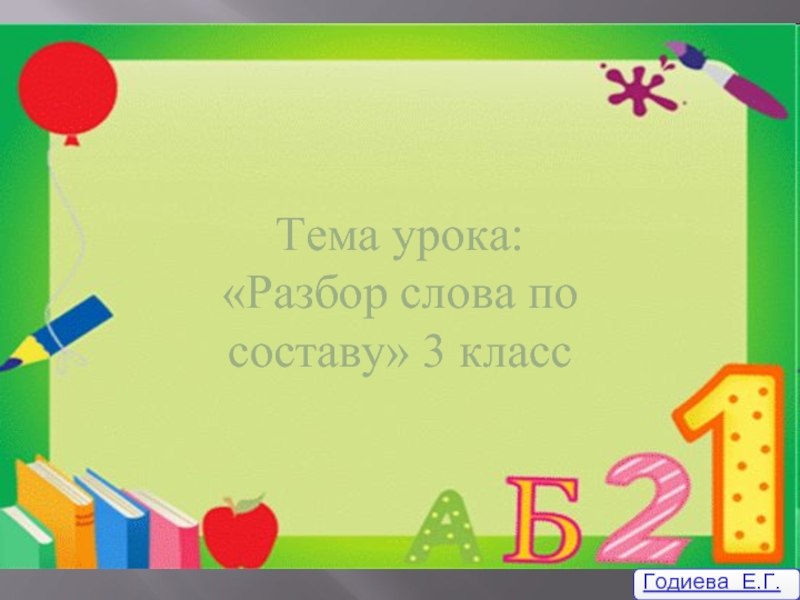Разделы презентаций
- Разное
- Английский язык
- Астрономия
- Алгебра
- Биология
- География
- Геометрия
- Детские презентации
- Информатика
- История
- Литература
- Математика
- Медицина
- Менеджмент
- Музыка
- МХК
- Немецкий язык
- ОБЖ
- Обществознание
- Окружающий мир
- Педагогика
- Русский язык
- Технология
- Физика
- Философия
- Химия
- Шаблоны, картинки для презентаций
- Экология
- Экономика
- Юриспруденция
Speech recovery after stroke
Содержание
- 1. Speech recovery after stroke
- 2. What is stroke? According to the official
- 3. But how is it connected to speech?
- 4. Is it possible to recover?Yes, it is!
- 5. Types of recover therapyPhysical therapyOccupational therapySpeech-language therapy
- 6. Speech-language therapySpeach therapists note that working with
- 7. Breathing exercisesDoing breathing exercises can help the
- 8. Tongue strengthening exercisesTongue stretches exercises will strengthen
- 9. Practicing speech soundsMaking the right sounds and
- 10. Naming picturesWhile the physical formation of the
- 11. Sentence practiceSingular word formation isn’t always an
- 12. Family involvement in speech therapySpeech and communication
- 13. Noninvasive brain stimulationSome volunteered patients received transcranial
- 14. ConclusionMost of those methods are very conservative,
- 15. Resourceshttps://www.nature.com/articles/s41598-018-32457-4https://newsatjama.jama.com/2013/06/27/noninvasive-brain-stimulation-is-promising-for-poststroke-aphasia/Gaillard, Frank. "Ischaemic stroke". radiopaedia.org. Retrieved 3 June 2018.PhD, Gary Martin
- 16. Скачать презентанцию
What is stroke? According to the official definition, stroke is a medical condition in which poor blood flow to the brain results in cell death. There are two main types of
Слайды и текст этой презентации
Слайд 2What is stroke?
According to the official definition, stroke is
a medical condition in which poor blood flow to the
brain results in cell death.There are two main types of stroke: ischemic and hemmorrhagic. If symptoms last less than one or two hours it is known as a transient ischemic attack or mini-stroke.
Слайд 3But how is it connected to speech?
Aphasia — the
language disorder that affects the ability to communicate. It’s most
often caused by strokes in the left side of the brain, that controls speech and language. Aphasia does not affect intelligence. So, to be clear: cells die, speech ruined.Слайд 4Is it possible to recover?
Yes, it is! Even if it
might seem hopeless, the right therapy always helps. Just give
it some time.Слайд 6Speech-language therapy
Speach therapists note that working with survivors in the
first few weeks after suffering a stroke often helps them
to make big improvements in their abilities. Research corroborates these observations, showing that patients who immediately work with a speech-language therapist have an increased opportunity to regain speech and other functions.Слайд 7Breathing exercises
Doing breathing exercises can help the patient regulate their
breathing while speaking. They practice planning out the breaths they
will take while speaking. After repeating sentences and breaths to themselves, they can practice with a supervisor, knowing better now when taking a breath is appropriate.Слайд 8Tongue strengthening exercises
Tongue stretches exercises will strengthen the muscle and
make it easier for stroke patients to make the proper
sounds and form words. It also helps to strengthen the neural pathways and the “muscle memory” of speech that patients can lose after having a stroke.Слайд 9Practicing speech sounds
Making the right sounds and the right words
is difficult for aphasia patients. Have the patient practice repeating
similar sounds: “Ah, ay, at, al, ack… etc.” Practice saying this set many times in a row before moving to another set. This will exercise the mouth and tongue to practice forming sounds and words.Слайд 10Naming pictures
While the physical formation of the words is difficult
for some patients, other patients struggle with forming the word
that they’re thinking of. In order to strengthen the connection between words and things, they can quiz themselves by looking at pictures and practice saying the word the picture depicts.Слайд 11Sentence practice
Singular word formation isn’t always an issue with stroke
patients. But many patients struggle with forming complete and correct
sentences. While the patient is practicing saying certain words and sounds, they should also try and construct sentences. That can be sentences that they read (if they have maintained reading comprehension post-stroke).Слайд 12Family involvement in speech therapy
Speech and communication don’t start and
stop with saying words. It involves understanding what words to
say, how to say them, when to breathe, and how to form full sentences.Also, it is very important to have other people, like family, helping the patient. Patients after stroke are very vulnerable, and it is critically important they have lots of support.
Слайд 13Noninvasive brain stimulation
Some volunteered patients received transcranial magnetic stimulation (TMS)
directed to a region in the right side of the
brain. TMS uses a handheld magnetic coil that delivers low-intensity stimulation.Слайд 14Conclusion
Most of those methods are very conservative, but for now
we don’t have much of a choice. There are many
new studies coming every year, so maybe one day there will be a quick solution, but for now it is patience and caring.Thanks for your attention!
Слайд 15Resources
https://www.nature.com/articles/s41598-018-32457-4
https://newsatjama.jama.com/2013/06/27/noninvasive-brain-stimulation-is-promising-for-poststroke-aphasia/
Gaillard, Frank. "Ischaemic stroke". radiopaedia.org. Retrieved 3 June 2018.
PhD, Gary Martin (2009). Palliative Care Nursing:
Quality Care to the End of Life, Third Edition. Springer
Publishing Company. p. 290. ISBN 978-0-8261-5792-8. Archived from the original on 2017-08-03.Brady MC, Kelly H, Godwin J, Enderby P, Campbell P (June 2016). "Speech and language therapy for aphasia following stroke". The Cochrane Database of Systematic Reviews. 2016 (6): CD000425.
